“Josef Mengele CIA Files” has been added to your cart. View cart

George S. Patton Diaries (1910–1945): Pancho Villa, WWI & WWII
$19.50
Category: War Files
Tags: World War 1, world war 2, World War I, World War II, WWI, WWII
Description
Patton: A Life in Chronology and Character
1885
- November 11: George S. Patton Jr. is born in San Gabriel, California.
1909
- Patton graduates from the U.S. Military Academy at West Point and receives a commission as a second lieutenant in the cavalry.
1910
- May 26: Patton marries Beatrice Banning Ayer.
- June 3: Patton makes his first diary entry while on his honeymoon in Plymouth, England.
- The 1910 diary entries cover his European honeymoon.
1912
- Patton represents the United States at the V Olympiad in Stockholm, placing fifth in the modern pentathlon.
1916
- March: Mexican forces loyal to Pancho Villa raid Columbus, New Mexico, killing several Americans.
- March 14: The U.S. launches the Punitive Mexican Expedition in response to the Columbus raid. Patton, initially upset his unit isn’t participating, writes to General John J. Pershing.
- March 13 (likely a retrospective entry or an error in the source’s date for this event): Patton is appointed General John J. Pershing’s aide for the Mexican Expedition.
- Patton first sees combat during the Mexican Expedition.
1917
- February 7: The Punitive Mexican Expedition officially ends.
- After the Villa Expedition, Patton is detailed to Front Royal, Virginia, to oversee horse procurement.
- The United States enters World War I. General Pershing is named commander of the American Expeditionary Force (AEF) on the Western Front.
- May 15: Patton is promoted to captain.
- Patton joins Pershing’s staff as his personal aide, overseeing the training of American troops in Paris until September.
- Patton moves to Chaumont and is assigned as a post adjutant, commanding the headquarters company.
- June 22: Patton takes his first biplane flight, piloted by William Mitchell (as described in a diary entry).
- November 10: Patton, dissatisfied with his post and interested in tanks, is assigned to establish the AEF Light Tank School.
1918
- Patton is promoted to lieutenant colonel.
- August: Patton commands American tanks at the Battle of Saint-Mihiel, leading from the front and riding on a tank to inspire his men.
- September 25: Patton writes a diary entry preparing his tank brigade for the Meuse-Argonne Offensive.
- September 26: Patton’s brigade is moved to support U.S. I Corps in the Meuse-Argonne Offensive.
1932
- Patton, stationed at Fort Meyer near Washington, D.C., becomes Master of the Fox Hunt (MFH) of the Cobbler Hunt in Fauquier County, Virginia.
- His diaries from this period (1932-1935) are primarily fox hunting diaries.
1942
- Patton leads U.S. troops into the Mediterranean theater with an invasion of Casablanca during Operation Torch.
- Patton rapidly rehabilitates the demoralized U.S. II Corps, establishing himself as an effective commander.
1943
- March 13: Patton makes a diary entry during the North Africa campaign against German Field Marshal Rommel.
- Patton commands the U.S. Seventh Army during the Allied invasion of Sicily.
- Patton is the first Allied commander to reach Messina during the Sicily campaign.
- July 22: Patton makes an annotated diary entry about the capture of Palermo during the Allied invasion of Sicily.
- Patton is embroiled in controversy after slapping two shell-shocked soldiers in Sicily and is temporarily removed from battlefield command.
1944
- Patton is assigned a key role in Operation Fortitude, the Allies’ diversion and deception campaign for Operation Overlord.
- At the start of the Western Allied invasion of France, Patton is given command of the Third Army.
- The Third Army conducts a rapid armored drive across France.
- August 14: Patton makes a diary entry concerning the Normandy breakout offensive.
- December 16-17: Patton makes an annotated diary entry providing the first news of the Battle of the Bulge.
- Under Patton’s leadership, the Third Army takes the lead in relieving beleaguered American troops at Bastogne during the Battle of the Bulge.
1945
- March 24: The last handwritten diary entry is made.
- Patton’s forces drive deep into Nazi Germany by the end of the war.
- May 6: Patton makes an annotated diary entry covering the last days of the war in Europe.
- During the Allied occupation of Germany, Patton is named military governor of Bavaria.
- Patton is relieved of his command as military governor for aggressive statements towards the Soviet Union and trivializing denazification.
- Patton commands the United States Fifteenth Army for slightly more than two months.
- December 3: The last annotated typed transcription of a diary entry is made.
- December 8: Patton is severely injured in an auto accident near Speyer, Germany, when the car he is riding in collides with an American army truck. He strikes his head and breaks his neck.
- December 21: Patton dies at a hospital in Heidelberg, Germany, of pulmonary edema and congestive heart failure. He is buried at the Luxembourg American Cemetery and Memorial, near soldiers from the Third Army.
Cast of Characters
- George S. Patton Jr.: (November 11, 1885 – December 21, 1945) An American military officer who rose to prominence during World War II. He graduated from West Point in 1909, participated in the 1912 Olympics, and first saw combat as aide-de-camp to General John J. Pershing during the Pancho Villa Expedition in 1916. In World War I, he was instrumental in establishing and leading the American Tank Corps. During World War II, he commanded the U.S. Seventh Army in the Mediterranean theater and later the U.S. Third Army in France and Germany, known for his rapid armored drives and leadership during the Battle of the Bulge. He was briefly military governor of Bavaria after the war but was relieved due to controversial statements. He died in December 1945 from injuries sustained in a car accident. His diaries span from 1910 to 1945, offering insights into his personal and professional life.
- Beatrice Banning Ayer: George S. Patton Jr.’s wife, whom he married on May 26, 1910. She was the daughter of Boston industrialist Frederick Ayer. She is mentioned in the context of Patton’s honeymoon in 1910.
- General John J. Pershing: (Full name: John Joseph Pershing) A senior United States Army officer. He commanded the Punitive Mexican Expedition (1916-1917) and later served as the commander of the American Expeditionary Forces (AEF) on the Western Front during World War I. Patton served as his aide-de-camp during both campaigns, and Pershing played a significant role in Patton’s early career development and assignments, including giving him command of the AEF Light Tank School.
- Francisco “Pancho” Villa: (Full name: José Doroteo Arango Arámbula) A Mexican revolutionary general who was a prominent figure in the Mexican Revolution (1910-1920). His forces raided Columbus, New Mexico, in March 1916, prompting the United States to launch the Punitive Mexican Expedition against him.
- William Mitchell: (Full name: William Lendrum Mitchell) A United States Army general who is considered the father of the U.S. Air Force. He is mentioned as the pilot who flew George S. Patton Jr. on his first biplane flight on June 22, 1917.
- German Field Marshal Rommel: (Likely referring to Erwin Rommel) A prominent German field marshal during World War II, known as the “Desert Fox” for his leadership of the Afrika Korps. He is mentioned in the context of Patton’s North Africa campaign in March 1943, where Patton’s U.S. II Corps fought against German forces.
Related products
-
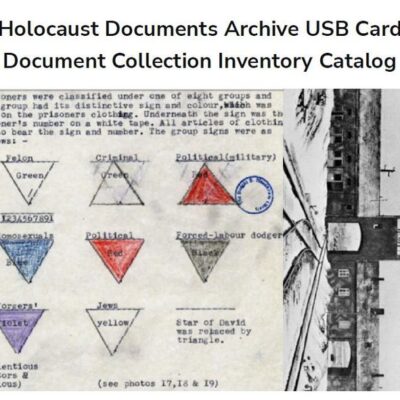
Holocaust Document Archive PDF file – Inventory Catalog of Document Collection
$3.94 Add to Cart -
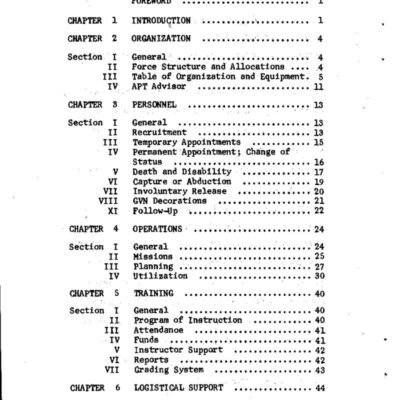
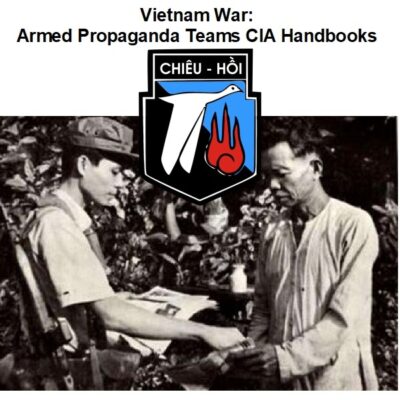
Vietnam War: Armed Propaganda Teams CIA Handbooks
$1.99 Add to Cart -


Operation POPEYE in the Vietnam War
$5.94 Add to Cart -
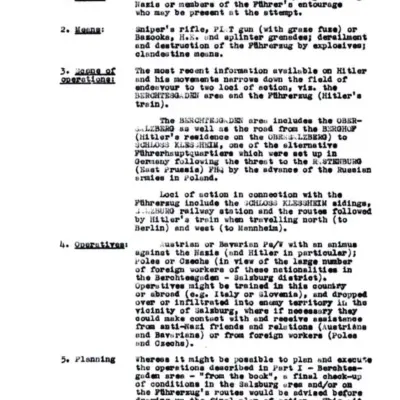
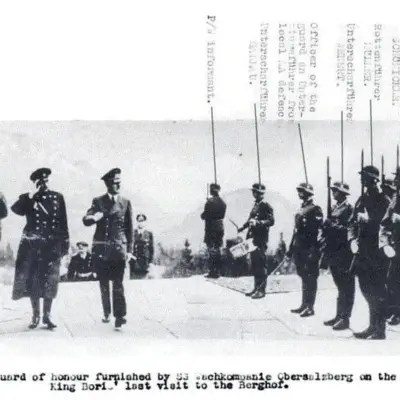
World War II: Adolf Hitler and Operation Foxley – British Assassination Plot
$19.50 Add to Cart